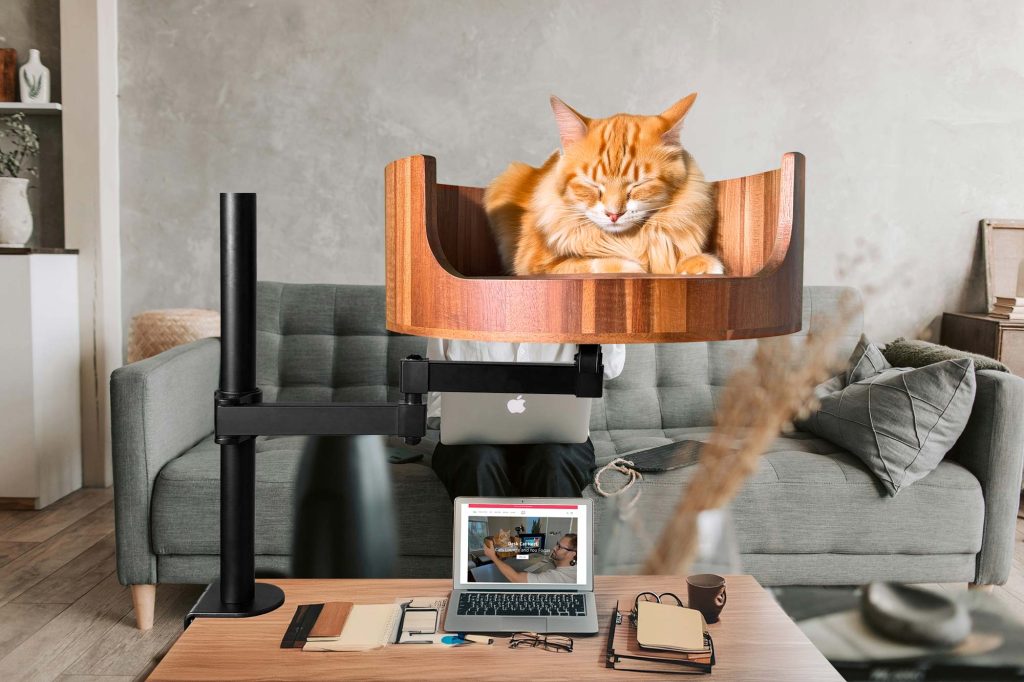Have you ever noticed that some cats have extra claws on their paws? This unique trait is known as polydactyly, and it can be found in various feline breeds. While most cats have five toes on their front paws and four toes on their back paws, polydactyl cats can have up to seven toes on each paw, giving them a distinctive look that sets them apart from other felines.
In this article, we will explore the fascinating world of polydactyl cats and delve into the reasons behind this genetic anomaly. From the history of polydactyl cats to the different breeds that are most commonly affected by this trait, we will uncover the mysteries surrounding these extra claws. Additionally, we will discuss the advantages and disadvantages of having extra toes, as well as any potential health concerns that may arise as a result of polydactyly. Whether you’re a seasoned cat owner or simply curious about these unique creatures, this article will provide valuable insight into the world of polydactyl cats.
1. Polydactyl cats, or cats with extra toes, are unique due to a genetic mutation that gives them additional digits.
2. The condition is harmless and can even be beneficial for cats, providing better balance and agility.
3. Famous historical figures like author Ernest Hemingway were enamored with polydactyl cats, leading to their popularity as “Hemingway cats.”
4. Polydactyl cats have a higher chance of developing arthritis in their extra toes but can lead healthy lives with proper care.
5. Understanding the genetic basis of polydactylism can lead to advancements in genetics and potential insights into human genetic conditions.
Importance of Understanding Extra Claws on Cats
Understanding the presence of extra claws on cats is important for cat owners to provide proper care and ensure their feline friends’ well-being. These additional claws, also known as dewclaws, serve various functions that contribute to cats’ agility, balance, and grooming habits. By being aware of this unique trait, cat owners can better understand their cats’ behaviors and physical capabilities.
Function of Extra Claws in Cats
The extra claws on cats, specifically the dewclaws, play a significant role in enhancing cats’ gripping abilities. Dewclaws help cats climb trees, catch prey, and navigate rough terrains with precision and stability. Unlike their primary claws, which retract and are used primarily for hunting and self-defense, dewclaws provide additional support and traction when cats engage in activities that require precision and dexterity.
Potential Challenges with Extra Claws
While extra claws can be beneficial for cats, they can also pose challenges for cat owners. Cats with prominent dewclaws may accidentally injure themselves or others during play or grooming sessions. These claws can get caught in fabrics or furniture, leading to discomfort or potentially harmful accidents. It is essential for cat owners to monitor their cats’ extra claws and provide necessary grooming and care to prevent any complications.
Dealing with Extra Claws and Nail Trimming
When it comes to managing extra claws on cats, regular nail trimming is key to maintaining their overall health and well-being. Cat owners should use specialized cat nail clippers and techniques to trim their cats’ primary claws and dewclaws safely. It is crucial to avoid cutting the quick, a sensitive area in cats’ nails that can cause bleeding and pain. By establishing a regular nail trimming routine, cat owners can prevent issues associated with extra claws and promote their cats’ comfort and mobility.
Desk Cat Nest FAQ
What are extra claws in cats?
Extra claws in cats, also known as polydactyly, is a genetic condition that causes cats to have more than the usual number of toes on their paws. This can result in cats having additional claws that may require extra care and attention.
How can Desk Cat Nest help with extra claws on cats?
Desk Cat Nest is designed to provide a comfortable and secure resting space for cats with extra claws. The cozy nest allows cats to relax and groom themselves without putting unnecessary pressure on their paws.
Is Desk Cat Nest suitable for all cats with extra claws?
Desk Cat Nest is suitable for most cats with extra claws, however, we recommend consulting with your veterinarian before purchasing to ensure that it is the right fit for your cat’s specific needs.
Can Desk Cat Nest help prevent complications associated with extra claws?
While Desk Cat Nest can provide a comfortable space for cats with extra claws, it is not a substitute for proper grooming and nail care. Regularly trimming your cat’s nails and monitoring their paw health is still important to prevent complications associated with extra claws.
How should I clean and maintain Desk Cat Nest?
Desk Cat Nest can be spot cleaned with a damp cloth or vacuumed to remove any dirt or fur. For a deeper clean, the cover can be removed and washed according to the care instructions provided.
In conclusion, the Desk Cat Bed is an essential choice for cat owners looking to help their furry friends manage their extra claws. This innovative product provides a comfortable and cozy space for cats to rest and relax, while also serving as a convenient scratching post to help keep their claws in check. By incorporating the Desk Cat Bed into your home, you can provide your cat with a safe and enjoyable place to groom their claws, reducing the need for costly and stressful trips to the groomer. With its durable construction and versatile design, this product offers long-lasting benefits for both you and your cat. Invest in a Desk Cat Bed today and give your cat the gift of happy and healthy claws.


